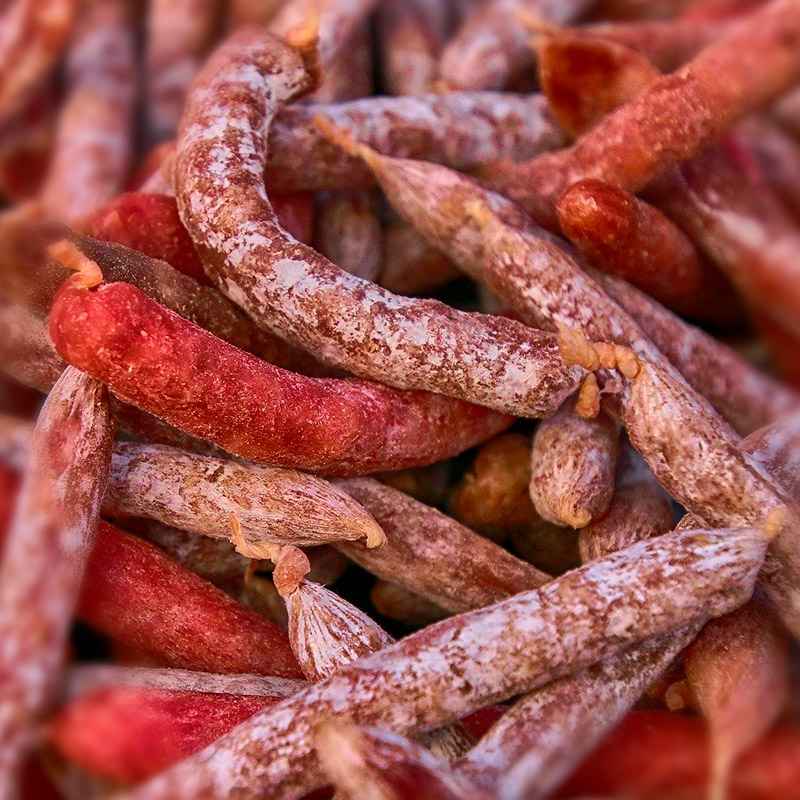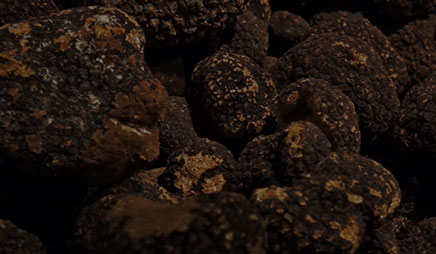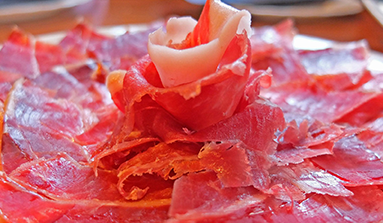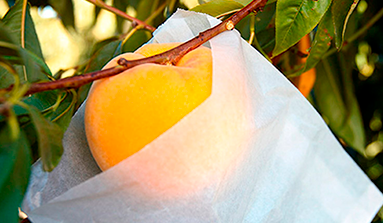Once the hams have been separated from the carcass, they are left to air out in a cool place for 48 hours.
Before proceeding to salt them, we will squeeze them hard to cause all the blood to come out of the areas venous. They are placed upside down and with a large stone on top.
The salting will be done by rubbing both sides of the ham with handfuls of salt, although there are those who rub a cut lemon and then rub it with and pepper powder.< /p>
The pieces are deposited in a cool place and covered with salt, turning them over and checking every two days. Some pieces of weight are also placed on top of each ham. The salting time is 2 to 3 days per kg.
Once the time has elapsed, they are removed and washed with more or less intensity depending on the salting time.
Before hanging the piece to dry, the meaty part of the ham is smeared with paprika and oil.
Later, it is hung in the dryer
The place, the air, the environment is what later it will give the point of identity of each ham.
Another way to salt the hams is to put them in a "salting bowl" with a weight on top so that the blood drains out, turning them, first each 8 days, then every 15.... Wash them carefully so that water doesn't get on their legs and then they are prepared with sweet and spicy paprika. A minced garlic and salt are placed on the legs of the backrests.





